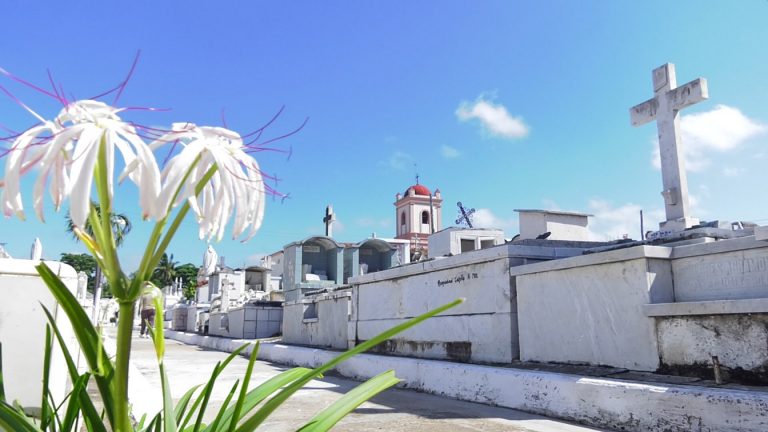Whenever I visit the city of the dead, contrary to feel some kind of fear or prejudice with the place, I am looking at its curious layout and the architectural beauties that for more than 200 years have populated it.
It is worth remembering that the Camagüey General Cemetery, the oldest in operation in Cuba, was founded on May 3, 1814, in what was then considered the periphery of the Villa de Santa María del Puerto del Príncipe; and today is part of a city, Cultural Heritage of Humanity.
It has many values, including some that distinguish it among the rest of the patrimonial cemeteries of Cuba. On it are all the constructive tendencies that came to the city and are close samples of each style; they include the art nouveau, the art deco, the eclectic, variants among which stands out the neo-Gothic and the most widespread above all in pantheons of the first and second section: the neoclassical.
For these and many other reasons, it is fair to stop its visible deterioration and honor the memory of so many children of this land that lie there. For such purposes, the Office of the Historian develops a project that takes part the second section or main street, returning the beauty and peace that transmits a visit to the necropolis of Camagüey.
Pantheons such as Joaquín de Agüero’s companions, the combatants of the Revolution and Amalia Simoni, are some of the buildings located on this central road.
This May 3 marks the 205th anniversary of its official founding in 1814, since construction began two years earlier. The date will be welcomed with the advance of the expected restoration and it is necessary the contest of all, to maintain the cleanliness and care of this architectural jewel, which today tells about the history and the value of many Camagüeyans and where we will go to eternal rest someday.
Photo: Maylen Rodríguez
Translated into English by José Carlos García Cruz






